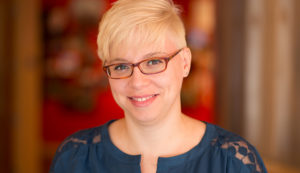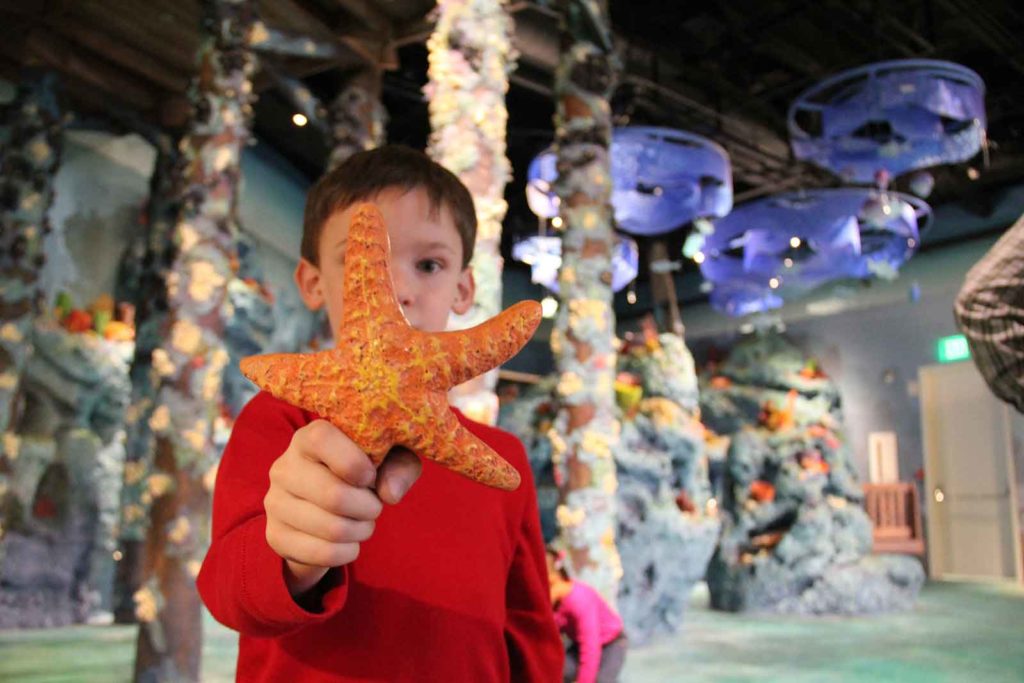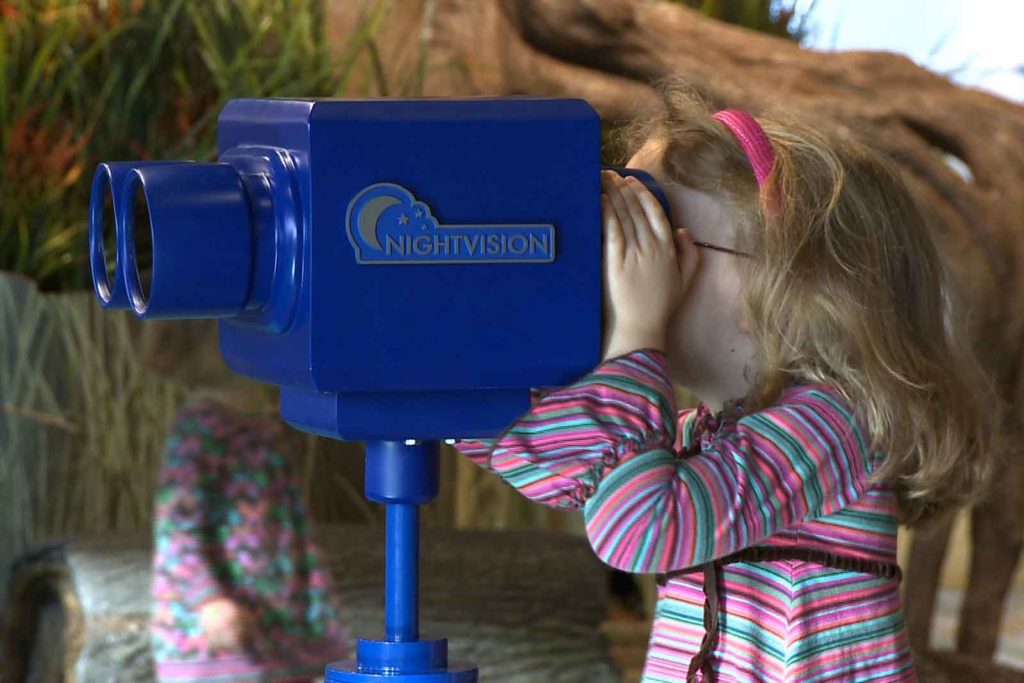First, it was the rework of the Redhead in the Pirates of the Caribbean ride. Now, Disney has announced that they will be replacing Disneyland’s Splash Mountain with a Princess and the Frog themed attraction, which picks up after the end of the movie and weaves a new story (akin to the Frozen ride reskin of Maelstrom at EPCOT, versus the movie recap experience of Little Mermaid: Ariel’s Undersea Adventure).
Obviously, no matter what warm, fuzzy memories we have of Splash Mountain, no matter how much Disney tried to round the edges of the overt racism, the reality is, it’s based on such a stupendously racist and white supremacist storyline that Disney refuses to air Song of the South and so boy howdy was it beyond time for it to go. One of the chief problems we encounter as creatives in location-based entertainment is this clash of memory, “that’s just how it was back then,” “it will cost so much/upset the fans to change it” versus the knowledge that it’s harmful and needs to change.
We get it. It’s an investment. A huge one. Just like any of a number of other resorts, rides, shows, and exhibitions around the U.S., not to mention the world. To give them their due, Disney also has amply demonstrated they know how to concede curatorial authority, as it were. Their intentionality around Expedition Everest as well as core elements of the original Animal Kingdom demonstrates it can be done. Joe Rohde, in his talk at the 2012 THEA awards by the Themed Entertainment Association spoke at length about the Aulani design process, how authenticity and respect were placed ahead of ease and preconceived notions, and actually how easy design decisions can be when they are strongly rooted in authentic, clear direction informed by the actual people and place and not one’s own hot take on the source material.
Don’t get us wrong: we are, no matter how fond our memories are of Splash Mountain, heartened to see Disney take this step. Reworking Splash Mountain is also an absolute rabbit hole (pun not really intended) because once your eyes are opened to the ways – both subtle and categorically unsubtle – that racism pervades narrative tropes and beloved experiences, it’s overwhelming. The soft-focus memories of Dumbo crash up against the knowledge that the lead crow is quite literally named Jim Crow. As you eyeroll at the corny humor of your Jungle Cruise skipper, your boat bobs around a corner and to a horrifyingly racist vignette. It goes on and on: Peter Pan’s original source material was dizzyingly racist about Indigenous people and the ride does not shy away from it; the Enchanted Tiki Room falls into the trap of so much white-washed, culturally-appropriative Polynesia theming; the European children on It’s a Small World are white as can be (and there are Middle Eastern kids on flying carpets); the Africa outpost in Epcot reduces a vibrant swath of an entire continent to a beverage stop, trinket market, and a few drums. These experiences have always been harmful, and it’s an insidious outcome of white privilege to be blind to it. Once you see it, you cannot unsee it.
This isn’t just a Disney problem. This is an everywhere problem. Racism is everywhere. The normalization of racist tropes is everywhere, from what we collect and how we display it in museums to countless “Wild West” zones in amusement parks to big iconic experiences like Splash Mountain, and thousands of moments in between. We are guilty of it in our body of work, too – there are projects we’ve worked on that, in hindsight, we should have done a little differently. When it comes to what stories are told in our parks and our museums, a large part of that is who’s had a place at the table, for the majority of our industry’s history, to make creative decisions, to greenlight and fund projects, to decide what has value or make a team pause and take stock of what they’re really saying with the stories they’re telling and how they’re telling them. It’s affected by processes and policies, too. At Thinkwell, we’re keenly aware that no matter how good our intentions in the past, we have fallen short at times, and it’s on us to examine what we do and how we do it to ensure we don’t perpetuate racism in our work.
The harmful experiences in location-based entertainment of the past 20-30 years that we cannot unsee weren’t done out of a ‘let’s be racist, it’ll be great!’ mentality. We’re not condemning the creative minds behind these places or experiences. It’s unlikely that the team behind Port Orleans Riverside, as they designed cast member costumes in time for its 1992 opening, thought through the ramifications of their choices in a resort designed to evoke the grand “big houses” of plantations in the Louisiana Bayou (in fact, the resort was initially named Dixie Landings). But the reality is, their ‘mousekeeping’ staff is largely BIPOC (Black, Indigenous, and People of Color), and they’re wearing outfits evocative of enslaved people who were assigned to “the big house”’ on a plantation. If you want a real wake-up call moment, stand on one of the lovely, immaculately landscaped paths in the beautiful antebellum south themed resort at shift change, and watch the staff emerge from the stately, pillared houses.
The re-envisioning of Splash Mountain isn’t reactionary: it is another step in a major, beloved, respected company’s commitment to do better, even at the expense of angered fans and significant capital expenditure. In the current economic climate, spending money to redo existing things probably doesn’t sound like the best plan. But we are the makers of dreams. We are the creators of heroes and villains, we breathe life into whole new worlds and reinvigorate beloved places. Why shouldn’t we spend the time, effort, and yes money, making the places we already have welcoming and inclusive? Why shouldn’t we say ‘this is racist, and it’s wrong of us to keep putting it out there for the public as entertainment or something to aspire to, so we’re fixing it’?
Congratulations to Disney for acknowledging it’s time to change. We look forward to seeing what they – and the rest of the industry, ourselves included – tackle next.















